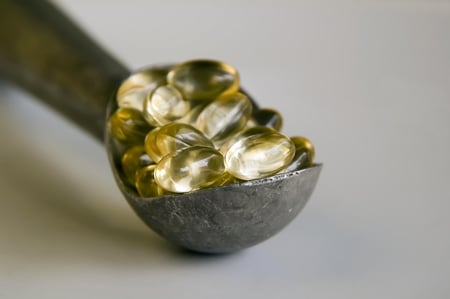
If you have been diagnosed with Polycystic Ovary Syndrome (PCOS), you may experience a variety of its associated symptoms, including acne. PCOS is one of the most common hormonal conditions in young women. Did you know that almost 30% of women with PCOS suffer from acne? You are not alone. There are many treatments that can help alleviate PCOS-related acne.
One key PCOS symptom is having high or out-of-balance hormone levels. Hormones called androgens (which tend to increase testosterone in women with PCOS) play a large role in the development of acne. These hormones cause the sebaceous glands (microscopic glands in your skin that occur in the greatest number on the face and on the scalp) to produce too much oil, which can clog pores. Also known as “hormonal acne”, you may find that PCOS-related acne flares occur on the lower half of your face, jawline, chin, and above the neck. Apart from increase hormonal activity, acne can also occur from stress and general inflammation.
So, where and how does it start? It all starts with hormone insulin. The pancreas releases insulin every time you eat, which is a normal bodily function. Up to 80% of women with PCOS have insulin resistance, which means that their body does not respond to insulin. Therefore, the pancreas is triggered to produce even more insulin to compensate. Since there’s now so much insulin in your bloodstream, your body creates more hormones (testosterone) to balance everything out. This testosterone then talks to the sebaceous glands – as mentioned above – telling them to create more and more sebum (the oily, waxy substance produced by these glands). The result? Blocked pores and unfortunate acne.
Treatment Options for PCOS Acne
Water- Before considering medication, focus on your water intake. Many times, skin produces excess oils or becomes dry if you do not drink enough water. Try drinking at least 64 oz daily and see how your skin reacts!
Diet- Adopting a PCOS friendly diet can help ease PCOS symptoms, including acne, tremendously. Some ways you can improve your diet for PCOS symptoms include choosing high quality, & high fiber carbohydrates, eating a well-balanced diet, follow consistent & regular meal times and choose nutrient-rich food with vitamins and minerals.
Stress- It can be frustrating that stress causes so many issues! If you are noticing hormonal acne from stress (which can cause “general inflammation”), it may be time to start a new meditation routine, focusing on getting 8 hours of sleep each night, speaking to a therapist, or rearranging your schedule to enable more self-care and relaxation time.
Oral Contraceptives- Some contraceptive pills can help to treat acne by regulating hormone production and decreasing testosterone. Talk to your OBGYN doctor to learn more about which contraceptive is right for you.
Medications- Spironolactone and Flutamine may also treat PCOS acne. A dermatologist will be able to guide you in the right direction.
Fortunately, there are treatment tips and tricks to follow in order to decrease the severity of your symptoms associated with PCOS – including acne. The bottom line? The more insulin your body creates, the more hormones your body creates to compensate – the cause of clogged pores and ultimately breakouts and acne.
Overall, research does suggest lifestyle change to be the FIRST line of treatment for women dealing with PCOS and PCOS-related symptoms.

Topics

Brittany Linn is a Registered Dietitian at OnPoint Nutrition. She is a compassionate dietitian with over 10 years of diverse experience in the wellness, coaching, and nutrition education world. Her ultimate objective for each person she works with is to teach them how to create lasting wellness habits and increase their confidence around food and within themselves.





